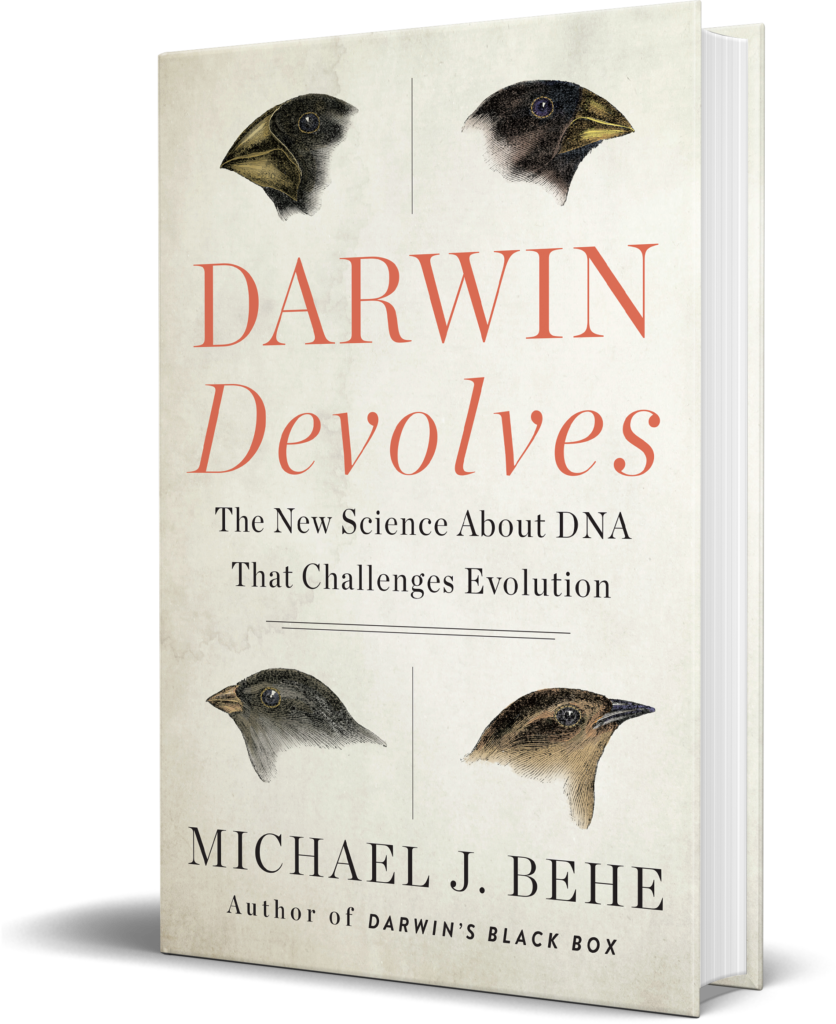
The theory was that snakes evolved from extreme burrowers. But that’s not what this team found:
The ancestor of all living snakes probably had substantially better vision than present-day burrowing snakes, according to new research.
An international team of scientists — led by the Natural History Museum and the University of Plymouth — carried out the first detailed analysis of gene sequence data for any species of the so-called “blindsnakes” (Scolecophidia), a group of small-eyed burrowers.
They found that seven of the 12 genes associated with bright-light vision in most snakes and lizards species are not present in scolecophidians.
This, they say, demonstrates extensive vision gene loss over tens of millions of years of evolutionary history, similar to that which has also been observed in burrowing mammals with reduced vision.
It also challenges the hypothesis that all snakes living across the world today evolved from extreme burrowers, because the vision genes lost in scolecophidians are present in most other living snakes. The researchers say it would be extremely unlikely for such genetic deficiencies to have been reversed through evolution.
University of Plymouth, “Burrowing snakes have far worse eyesight than their ancestors” at ScienceDaily (December 9, 2021)
In short, the Darwinian assumption that something as complex as eyesight could just somehow evolve turns out to be “extremely unlikely”? They’re going to need to eventually read Michael Behe’s Darwin Devolves.
The paper is open access.